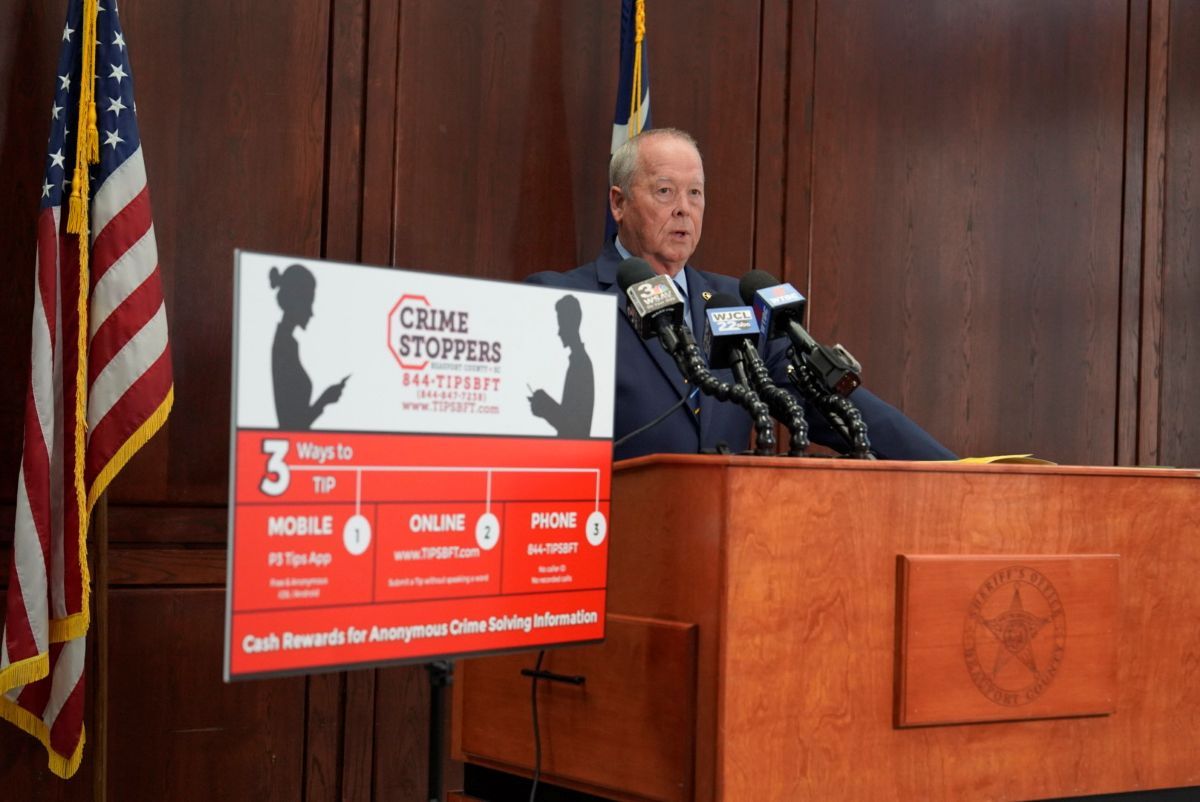When teens start driving, the chances are their friends are learning to drive too — so at some point your teen is likely to be a passenger in a car being driven by someone without much experience. Sadly, more than half of teens who die in car crashes are not behind the wheel, and a teen’s chances of getting in a fatal wreck rise sharply if they ride with a teen driver.
According to recent research of teen views on driving, parents play a crucial role in teen driving safety. Teens who say their parents set rules and pay attention to their activities in a helpful, supportive way are half as likely to be in a crash. This same research shows that most teens don’t consider themselves to be inexperienced drivers and don’t view passengers as potentially hazardous. These misperceptions can be deadly.
Seat Belt Use
• Teens have the lowest seat belt use rates of any age group, leading to deadly consequences.
• Only 65 percent of teens consistently wear their seat belts as both a driver and passenger.
• Six out of 10 drivers ages 16 to 20 who were killed in crashes were unrestrained.
• Almost two out of three teens killed as occupants of motor vehicles are unrestrained.
Teen passengers can lower this risk by limiting distractions, respecting the driver, and always wearing a seat belt. Here are six quick tips for teaching your teens to be safety-minded passengers:
• Talk about how to be a safe passenger. Distracted driving is a major cause of crashes, and passenger distractions are particularly dangerous for new drivers. Discuss helpful passenger behaviors, such as reading directions when asked and respecting the driver by not talking loudly, chatting on a cell phone, playing loud music, or acting wild.
• Insist on seat belts. Most adolescent passengers who die in wrecks aren’t wearing seat belts. Explain that by buckling up, they’ll help protect their friends’ lives, as well as their own. In a crash, an unrestrained body can hurt others in the car.
• Don’t let your child ride with a driver who has less than a year of experience. Most teen crashes are the result of “rookie” mistakes. Even the most mature teen needs time to gain driving experience through adult-supervised driving.
• Pay attention. To help them make good safety decisions, keep the lines of communication open. Know where they are going and why, and discuss how they will get there and when they will be home. Provide alternatives, like rides, to allow them to avoid unsafe driving situations.
• Create a code word. Help teens get out of unsafe situations by having them call or text you with a previously agreed-upon code word that signals trouble. When you hear or see the word, pick them up right away.
• Lead by example. Always wear a seat belt. Don’t talk on a cell phone or text while driving. Don’t speed. Follow the rules of the road.
For more information about teen driver safety and tools for new drivers, visit http://teendriving.statefarm.com.





